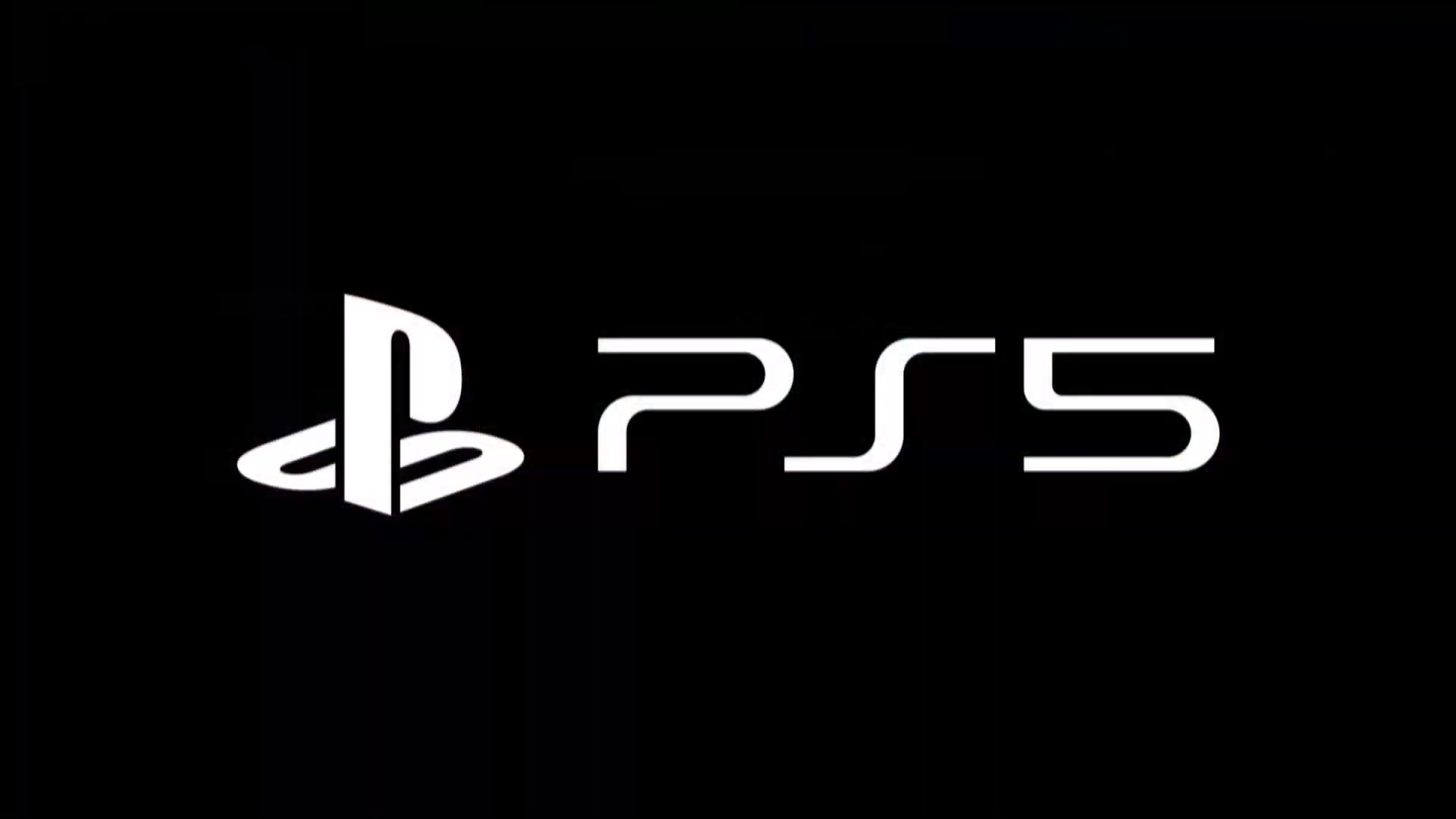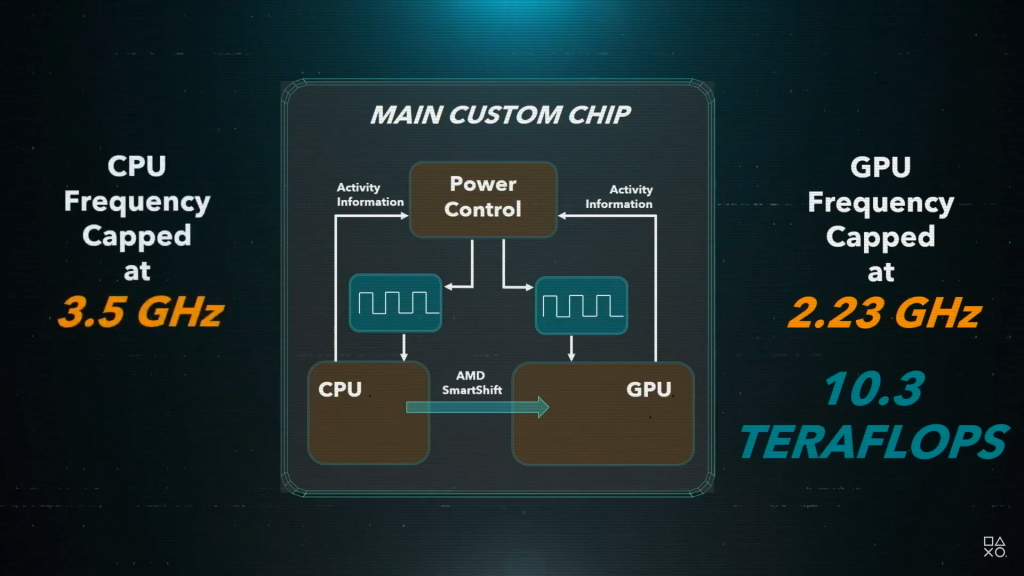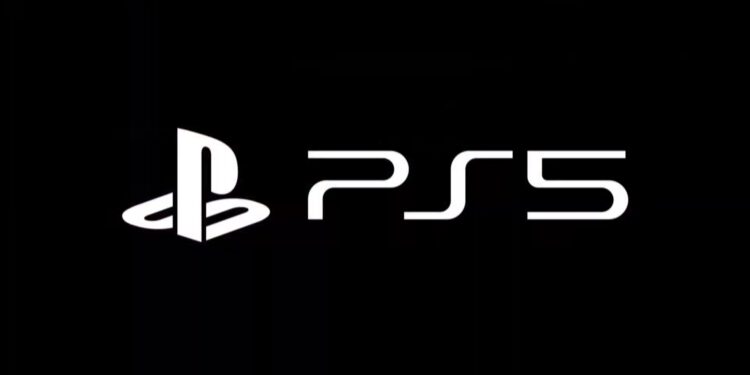
Sony presented the specifications for the PlayStation 5. It will provide the gaming power of the PC for the console VR, but the GPU is not as powerful as the Xbox Series X.
In April of last year, Sony confirmed that PS5 will support the existing PlayStation VR headset. The company also announced that the PS5 will launch games for the PS4, but today it became known that not all PS4 games will be available at startup.
Features
PlayStation 5 is a huge leap in performance compared to PS4 Pro and a huge difference with the base PS4 launched seven years ago.
| PlayStation 4 | PlayStation 4 Pro | PlayStation 5 | |
|---|---|---|---|
| GPU | 1,8 TFLOPS (18x GCN2 CU at 0.8 GHz) | 4.2 TFLOPS (CU 36x GCN2 at 0,9 GHz) | To 10.3 TFLOPS (CU 36x RDNA2 at max 2.2 GHz) |
| PROCESSOR | 28nm 8-core 1.6 GHz | 16 nm, 8 cores with a frequency of 2.1 GHz | 7 nm 8-core at 3.5 GHz |
| RAM | 8 GB (176 GB / s) | 8 GB (218 GB / s) | 16 GB (448 GB / s) |
| HARD DRIVE | Hard drive 500 GB 5400 rpm (0.1 GB / s) | Hard drive 1 TB 5400 rpm (0.1 GB / s) | 825 GB PCIe SSD 4.0 (8-9 GB / s) |
The GPU is several generations ahead, almost six times more powerful than the PS4. This is due to the latest AMD architecture RDNA2, also used in the Xbox Series X. while many PC games with virtual reality on PS4 resolution had to be reduced, it probably won’t have a place to PS5 for at least several years.
If translated into the language of the PC, the GPU should work very similar to NVIDIA RTX 2070 Super.
CPU clock speed has almost doubled. Developers should be able to use this to bring games with detailed physics simulation and more advanced artificial intelligence in the PlayStation VR. Maybe this will be enough to bring Half-Life: Alyx in PSVR.

CPU (processor) and GPU (graphics editor) use a system with a variable clock frequency, which distribute the frequency between them based on the current workload. Despite the fact that it allows the use of the GPU, which had previously been used in the console, it also means that developers will not be able to get the maximum performance for both the CPU and GPU.
Developers also now have much more RAM and memory bandwidth is approximately doubled. But the most significant improvement in the next generation of consoles is the transition from mechanical hard drives to solid — state drives increase productivity of storing nearly 100 times.
This will not only increase load time, but in combination with the improvements of RAM will allow a much more detailed and large open worlds.
New technology
Of course, devices such as the console, is more than just specifications. New hardware features can also improve the ability of developers:
- Hardware acceleration of ray tracing (like NVIDIA RTX, this provides a much more realistic lighting)
- Tempest Audio Engine supports hundreds of localized sound sources
- Geometry Engine provides hardware acceleration for tasks such as the selection of occlusion
- HDMI 2.1 with variable refresh rate (120 Hz)
A comparison with the Xbox Series X
According to Microsoft, the Xbox Series X does not support VR at launch, and it’s not something they seek, even in the long term.
However, the Xbox Series X is somewhat more powerful console overall:
| PlayStation 5 | Xbox Series X | |
|---|---|---|
| GPU | To 10.3 TFLOPS (CU 36x RDNA2 at max 2.2 GHz) | 12 TFLOPS (52x RDNA2 CU at 1.8 GHz) |
| PROCESSOR | 7 nm 8-core at 3.5 GHz | 7 nm 8-core at 3.6 GHz |
| RAM | 16 GB (448 GB / s) | 10 GB (560 GB / s) + 6 GB (336 GB / s) |
| HARD DRIVE | 825 GB NVMe SSD (8-9 GB / s) | 1 TB PCIe SSD 4.0 (4.8 GB / s) |
| New features | Tempest Audio Engine Geometry Engine |
A quick resumption of the shading variable speed |
It is possible that the Series X will be more expensive than PS5. However, it is also possible that the difference in performance is due to the radically different form factors. Microsoft abandoned the standard design of the console, while Sony may try to keep roughly the same form factor.
Bridging the gap with PC
Today, in fact, there are three “levels” of consumer virtual-reality — PC (Rift / SteamVR), console (PSVR) and Autonomous (Oculus Quest).
The release of PlayStation 5 needs to bridge the gap between PC and console virtual reality that will allow a wider audience to access virtual worlds with high fidelity. If the price of the current PlayStation VR headset will be reduced, it will be possible to see the kits in the amount of $ 700, which is significantly less than would be required even to create an equivalent PC, not to mention the additional cost of the headset.
| PlayStation 4 | Oculus Quest | PlayStation 5 | |
|---|---|---|---|
| GPU | 1,8 TFLOPS (18x GCN2 CU at 0.8 GHz) | 0,7 TFLOPS (4x cores at 0,7 GHz) | To 10.3 TFLOPS (CU 36x RDNA2 at max 2.2 GHz) |
| PROCESSOR | 28nm 8-core 1.6 GHz | 10 nm 4-core at 2.45 GHz | 7 nm 8-core at 3.5 GHz |
| RAM | 8 GB (176 GB / s) | 4 GB (30 GB / s) | 16 GB (448 GB / s) |
| HARD DRIVE | Hard drive 500 GB 5400 rpm (0.1 GB / s) | 64 GB Flash UFS 2.1 (0.8 GB / s) | 825 GB NVMe SSD (8-9 GB / s) |
Of course, Sony is also working on a headset the next generation of PlayStation VR . Although it almost certainly will not run along with PS5, we’re excited to see what features this headset can be with the power of a new console.
Expect a new console in Russia according to some sources, before 31 December 2020 no.
Source








